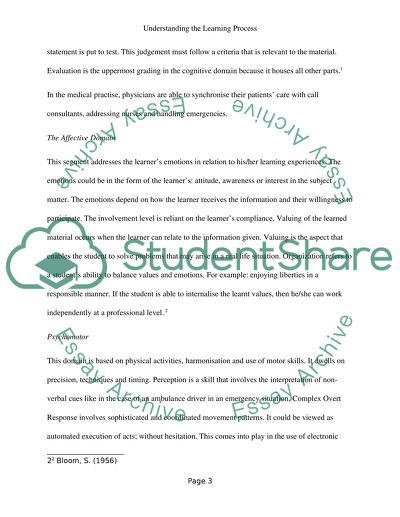Cite this document
(“Understanding the learning process Assignment Example | Topics and Well Written Essays - 2000 words”, n.d.)
Retrieved from https://studentshare.org/health-sciences-medicine/1643798-understanding-the-learning-process
Retrieved from https://studentshare.org/health-sciences-medicine/1643798-understanding-the-learning-process
(Understanding the Learning Process Assignment Example | Topics and Well Written Essays - 2000 Words)
https://studentshare.org/health-sciences-medicine/1643798-understanding-the-learning-process.
https://studentshare.org/health-sciences-medicine/1643798-understanding-the-learning-process.
“Understanding the Learning Process Assignment Example | Topics and Well Written Essays - 2000 Words”, n.d. https://studentshare.org/health-sciences-medicine/1643798-understanding-the-learning-process.


